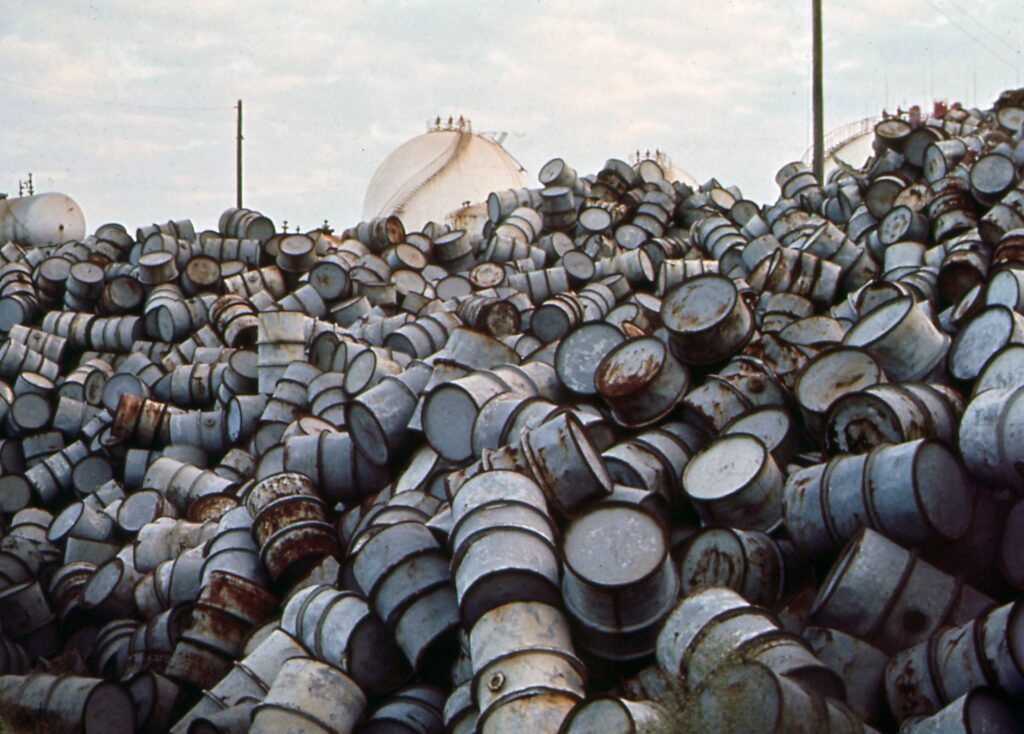Cancer Alley

Is it still legal in the Trump administration to share facts like this?
Residents of the mostly Black communities sandwiched between chemical plants along the lower Mississippi River have long said they get most of the pollution but few of the jobs produced by the region’s vast petrochemical industry.
A new study led by Tulane University backs up that view, revealing stark racial disparities across the US’s petrochemical workforce. Inequity was especially pronounced in Louisiana, where people of color were underrepresented in both high- and low-paying jobs at chemical plants and refineries.
“It was really surprising how consistently people of color didn’t get their fair share of jobs in the petrochemical industry,” said Kimberly Terrell, a research scientist with the Tulane Environmental Law Clinic. “No matter how you slice or dice the data by states, metro areas or parishes, the data’s consistent.”
Toxic air pollution in Louisiana’s petrochemical corridor, an area often referred to as “Cancer Alley,” has risen in recent years. The burdens of pollution have been borne mostly by the state’s Black and poor communities, according to the US Environmental Protection Agency.
The Tulane study’s findings match what Cancer Alley residents have suspected for decades, said Joy Banner, co-founder of the Descendants Project, a nonprofit that advocates for Black communities in the parishes between New Orleans and Baton Rouge. “You hear it a lot—that Black people are not getting the jobs,” she said. “But to have the numbers so well documented, and to see just how glaring they are—that was surprising.”
People of color were underrepresented in all of the highest-paying jobs among the 30 states with a large petrochemical industry presence, but Louisiana and Texas had “the most extreme disparities,” according to the study, which was published in the journal Ecological Economics.
I await Trump pulling all federal funding from Tulane for this.


